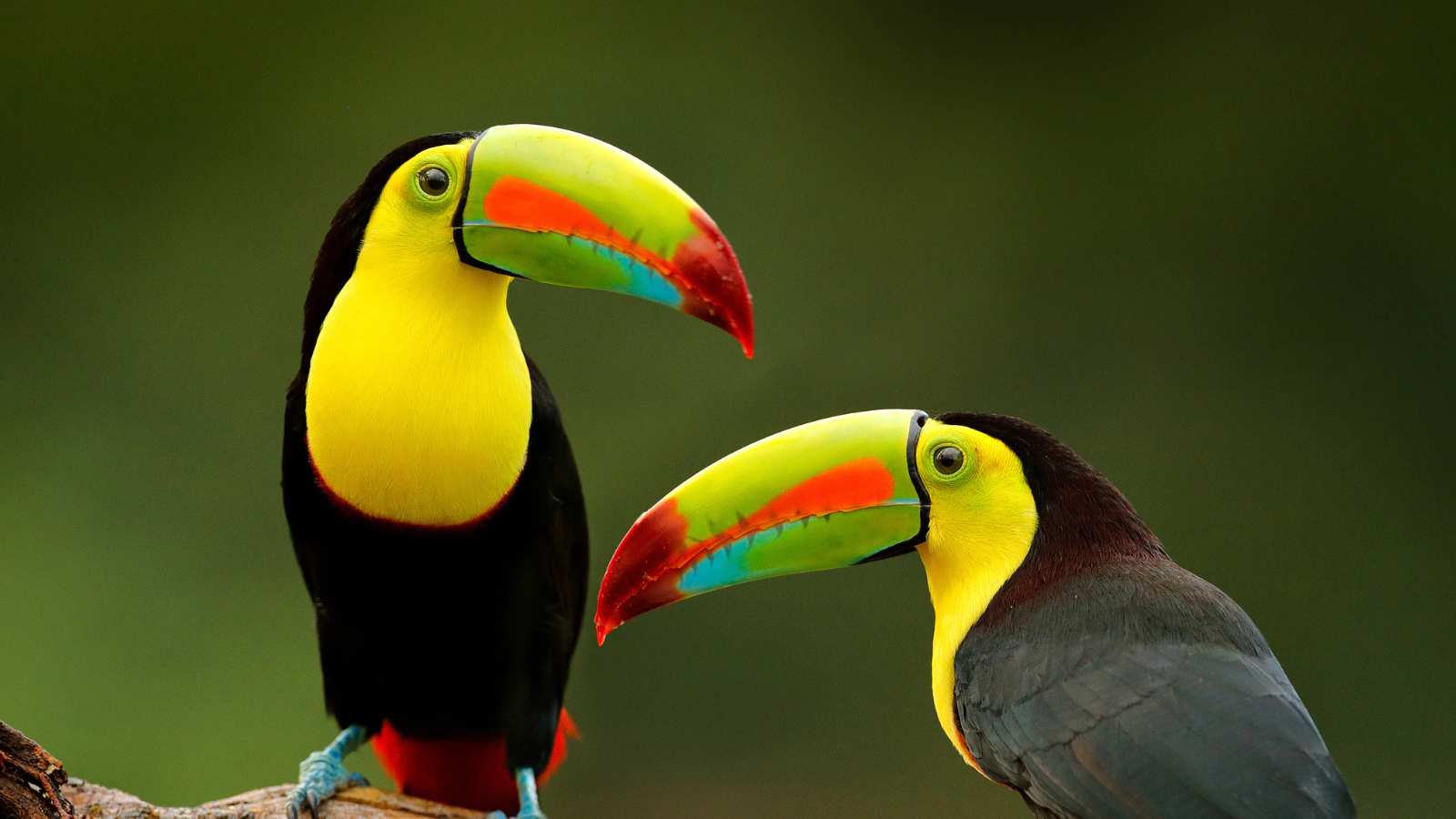From prehistoric times to the present, many animals have undergone changes in body structure to adapt to their environment. The evolution and diversity of the world’s fauna are constantly being researched.

Climate change is a major problem in today’s world. For the sake of the survival of animals in extreme temperatures, their physical structure may have evolved. A recent study found that many species are changing the shape of their appendages, including their beaks and ears.
Global warming has increased as a result of greenhouse gas emissions and human activities. Global temperatures may increase by 1.4 to 5.8°C over the next 100 years.
Due to this gradual increase in temperature, animals, including humans, have to fight for survival. Warmth is a big challenge for warm-blooded animals. They have to migrate to cooler areas to survive.
Animals that don’t like cold weather have to move to warmer areas. Physical structure has to be modified to adapt to weather and climate.
Animals and birds need to regulate their internal body temperature in accordance with the external temperature. An example is an African elephant. An elephant’s ears need a constant supply of warm blood. Scientists have found that when the bird’s body temperature rises, the blood flow goes to the beak.
Larger animals can survive in warmer places. Animals that are smaller in size can survive in colder climates. That is why there is evidence that the shape of the animal’s appendages increases in places where the temperature is high.
Studies show that birds’ beaks are increasing in size. An example is an Australian parrot.
A special species of bat called roundleaf has increased in wing size by 1.6 percent. In fact, the climate crisis is putting a lot of pressure on the world’s fauna. Evolution is about changing physical shape for the sake of their survival.
